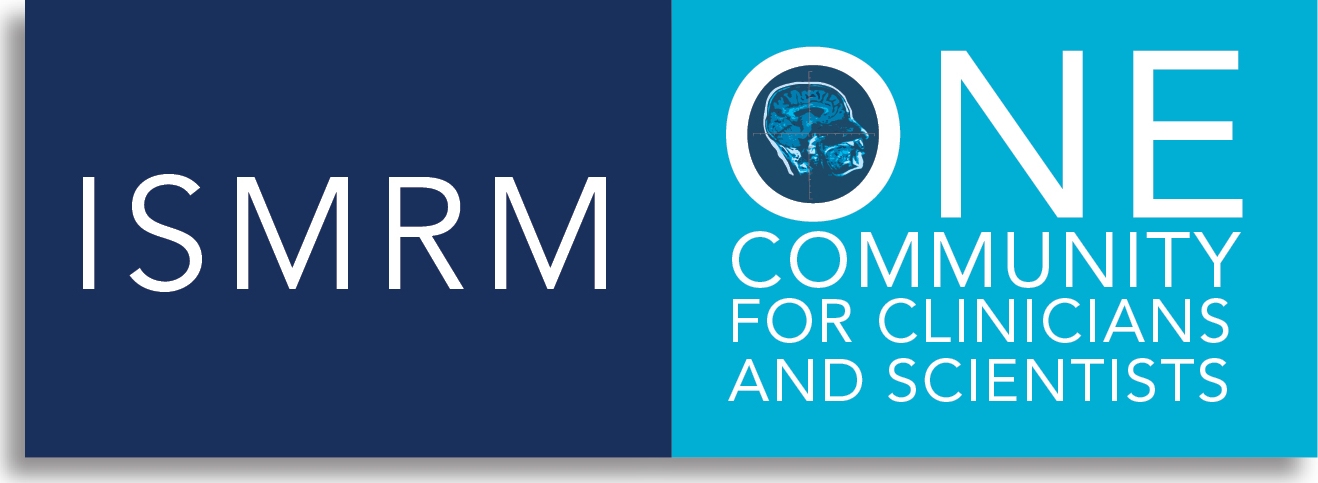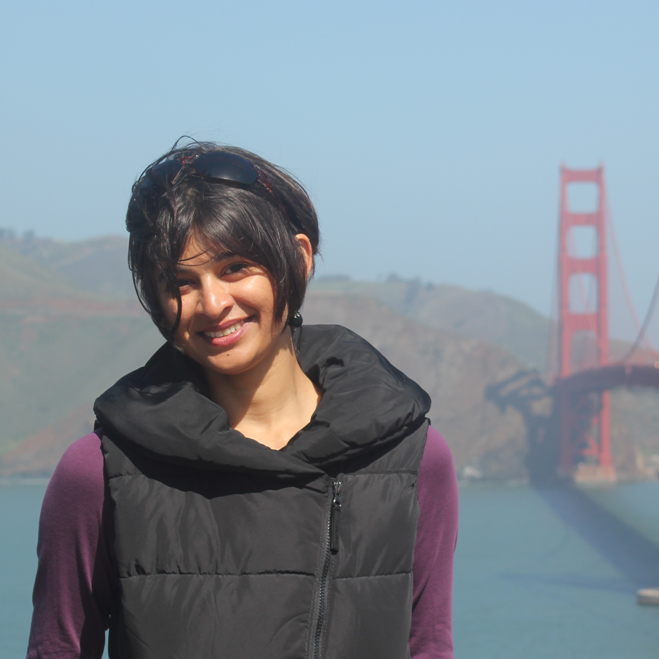|
|

|
||
|
E-news from the |
|||
|
|||
|
I grew up in India, where I studied Electrical Engineering.
The desire to work in a field with a more direct social
impact while at the same time being strongly tied to my
engineering roots made me gravitate towards Biomedical
Imaging for my graduate work. During my PhD, under the
mentorship of Prof. G. Allan Johnson at Duke University, I
worked on developing novel MR imaging sequences for
preclinical cancer imaging. An internship in the MR physics
group of the Applied Science Laboratory (GE Healthcare,
Milwaukee) under the supervision of Dr. Kevin King further
helped in honing my pulse sequence programming skills. For
my postdoctoral research at Stanford University I ventured
into the molecular MRI domain where I worked with Prof.
Brian Rutt on novel gadolinium based probes for
enzyme-activated imaging.
My current work, in Prof. Sharmila Majumdar’s group at UCSF,
focuses on quantitative spinal MRI to improve our
understanding of the origins of lower back pain. This will
enable targeted treatment planning and I hope to have a more
direct impact on clinical care. Other projects I am involved
in include quantitative compressed sensing for applications
in musculoskeletal imaging, and development/optimization of
novel imaging sequences for high field MRI applications,
also for musculoskeletal imaging.
Since entering the field of magnetic resonance imaging in
2006, I have depended on ISMRM as a steady source of
knowledge through its journals, meetings and workshops, and
it has played a key role in my development as a MR
scientist. The annual meetings have been pivotal in exposing
me to the wide range of areas that could be explored with MR
and getting me excited about all the possibilities open for
me, as well as teaching me advanced MR concepts and
introducing me to new developments in the field. Also, it is
always an exciting time to meet old colleagues and make new
connections. Being able to discuss my work with this
international community of experts, and receive
critique/encouragement from them has been important in
shaping my scientific thinking and helping me mature as a
researcher. I am very proud to be a part of this society and being recognized as a Junior Fellow has been a great honor for me. I am eager to play a more active role in the functions and services of the society and to have the opportunity to acknowledge the impact that the society has had and will continue to have on my career. |
|||

